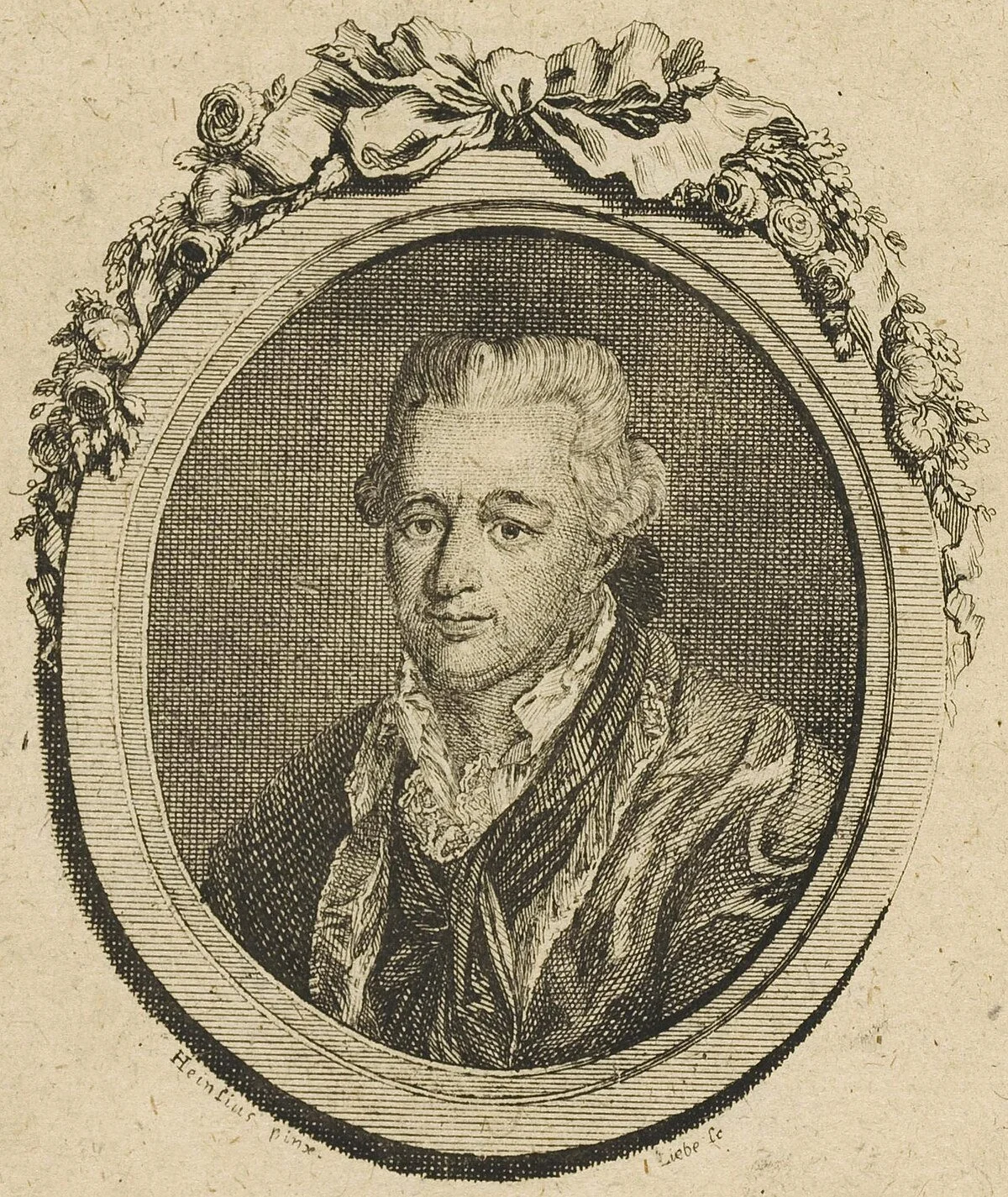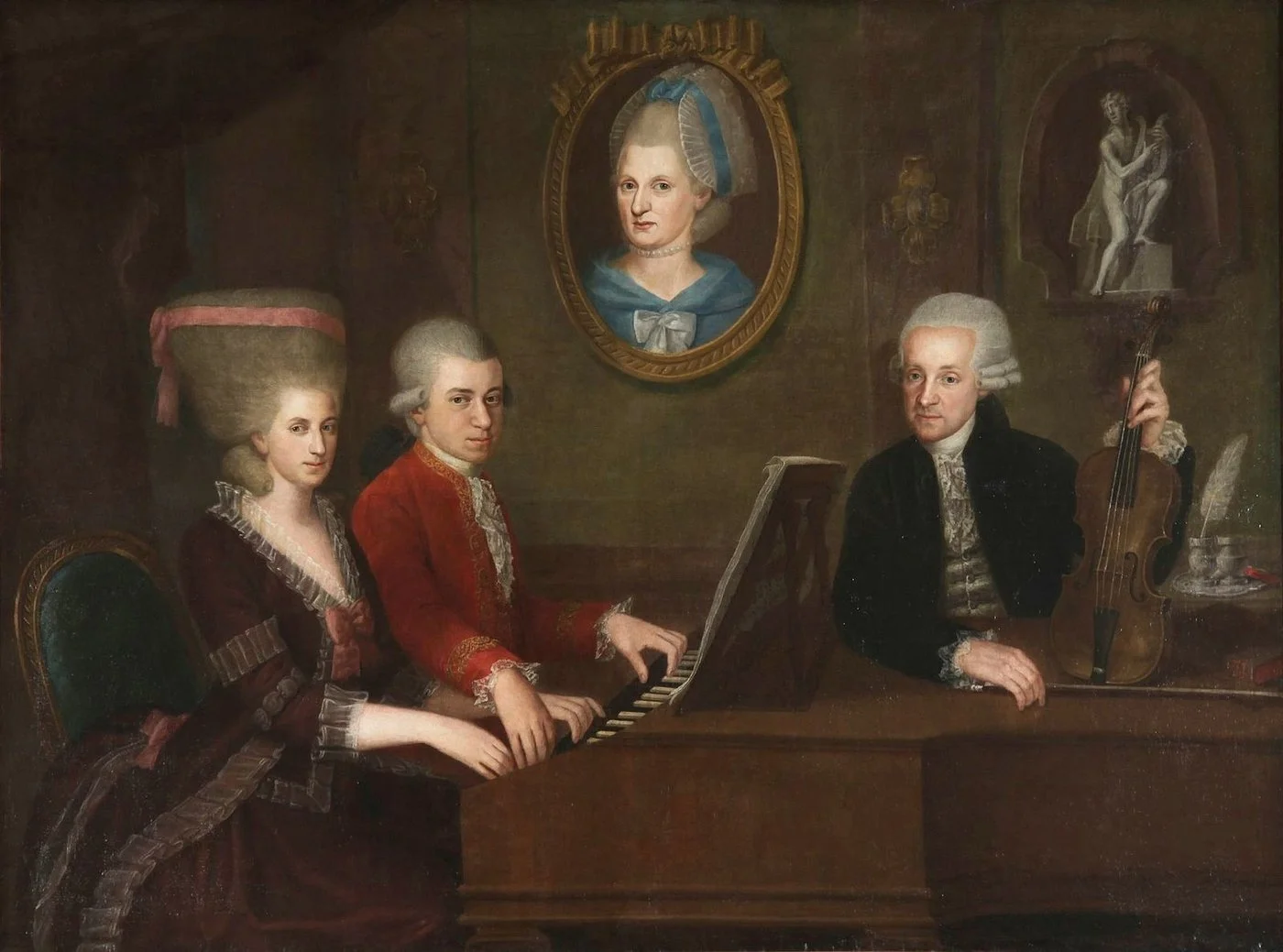The Birth of Four-Hand Piano Music: A Revolutionary Musical Intimacy
Who was the first person to write music specifically for two people sharing one keyboard? Why did it take until the 1760s for four-hand piano music to emerge? And what made the idea of two people sitting side by side at a piano so revolutionary—even scandalous—in 18th-century society?
These are the questions we explore in our inaugural podcast episode, tracing the fascinating origins of four-hand piano music from its ancient roots to the groundbreaking compositions of three pioneering figures: Ernst Wilhelm Wolf, Charles Burney, and the Mozart family.
The Long Road to Musical Intimacy
The story begins much earlier than you might expect. While Pythagoras was experimenting with his single-string monochord in the 6th century BCE, he unknowingly laid the mathematical foundation for everything we do as pianists today. But the journey from one string to two players sharing 88 keys took over two millennia.
Why did four-hand music take so long to develop? As we discuss in the episode, the answer lies in both technological and social constraints:
Limited keyboard range: Virginals in the 1600s had only 45 keys—roughly half a modern piano
Instrument costs: A simple clavichord cost 20-40 florins (equivalent to $5,000-$10,000 today), while harpsichords ran 200-300 florins ($50,000-$80,000)
Social propriety: The idea of two people sitting close enough to share a keyboard bench was considered risqué
It wasn't until the fortepiano expanded to 61 keys around 1760 that two players could comfortably share one instrument without constant hand collisions.
Three Revolutionary Composers
Ernst Wilhelm Wolf: The Private Pioneer (c. 1761)
Working at the Weimar court under Duchess Anna Amalia, Wolf composed the first known four-hand sonatas around 1760-1761. These weren't published—they were private teaching tools designed for intimate court performances.
Musical Example: We demonstrate Wolf's Sonata No. 1 in G Major, showcasing the influence of C.P.E. Bach's Empfindsamkeit ("sensitive style") with its sudden mood contrasts and expressive ornamentation. Wolf's writing reveals sophisticated understanding of how two players can create rich musical textures while navigating the physical challenges of sharing a keyboard.
Charles Burney: The Commercial Innovator (1777)
The English music historian and entrepreneur changed everything when he published the first commercial four-hand music in January 1777. His "Four Sonatas or Duets for two Performers on One Piano-Forte or Harpsichord" filled a market gap he shrewdly recognized.
Musical Example: Burney's Sonata in F Major (Largo movement) demonstrates his elegant galant style and his preface's practical wisdom: four-hand music avoided "the inconvenience of having two instruments in one room" while teaching players humility by forcing them to function as ensemble partners rather than soloists.
Mozart Family: The Spectacular Marketers (1765)
Nine-year-old Wolfgang and his sister Nannerl turned four-hand performance into entertainment spectacle during their European tour. Their performances of Mozart's Sonata in C Major, K.19d—sometimes while blindfolded—astonished audiences and helped establish four-hand music as both serious repertoire and popular entertainment.
Musical Example: Despite questions about its authorship (Leopold Mozart or Nannerl may have contributed), K.19d demonstrates remarkable sophistication in exploiting four-hand possibilities, with each part displaying "equal brilliance" and orchestral richness.
The Revolutionary Intimacy
Perhaps most striking is how four-hand music challenged social norms. The physical proximity required—hands occasionally crossing, shared breathing, coordinated movement—created a "safe space" for touching and nearness that was otherwise strictly regulated in 18th-century society.
As we note in the episode, this intimacy wasn't accidental. Composers deliberately crafted pieces that required close coordination, making four-hand music as much about human connection as musical expression.
Economic and Social Transformation
The rise of four-hand music coincided with the Enlightenment's democratization of culture. Burney explicitly connected his publications to the growing middle class's desire for sophisticated home entertainment. Rather than hiring orchestras or owning multiple instruments, families could experience complex music through piano duets.
This represented a fundamental shift: music-making moved from aristocratic salons requiring enormous resources to middle-class drawing rooms where a single piano could provide rich musical experiences for performers and listeners alike.
Looking Forward
As we conclude this first episode, we've established the foundation for four-hand piano music: three pioneering composers who solved the practical, social, and economic challenges of two-person keyboard performance. Wolf's pedagogical intimacy, Burney's commercial innovation, and the Mozart family's spectacular marketing created a new musical medium that would flourish for centuries.
In upcoming episodes, we'll explore how this intimate art form evolved through the Romantic era and beyond, discovering how later composers expanded on these 18th-century innovations to create some of the most beloved collaborative music in the piano repertoire.
Musical Examples Featured:
Ernst Wilhelm Wolf: Sonata No. 1 in G Major (performed on Yamaha Clavinova "Scarlatti Fortepiano" setting)
Charles Burney: Sonata in F Major, Largo movement (performed on "Scarlatti Fortepiano" setting)
Wolfgang Amadeus Mozart: Sonata in C Major, K.19d (performed on "Mozart Fortepiano" setting)
Episode Duration: 30 minutes
This episode was recorded at Cunningham Piano, utilizing historically-informed fortepiano sounds to approximate the instruments these composers would have known.
Read the complete story: For detailed analysis of instrument evolution, social contexts, and musical examples, visit our comprehensive article: The Intimate Revolution: How Four Hands Changed Everything


